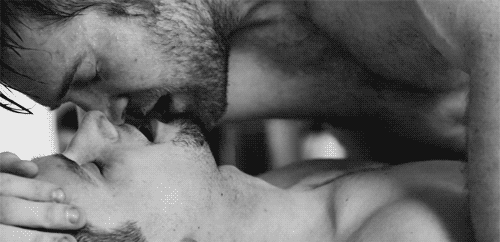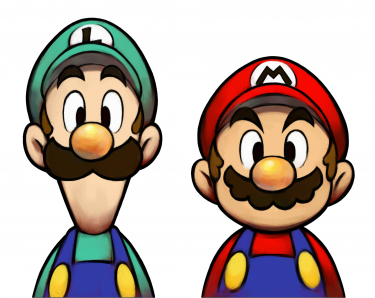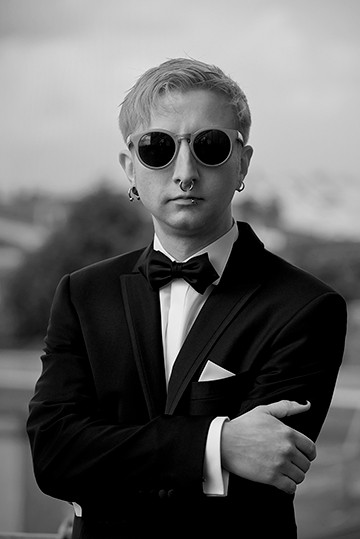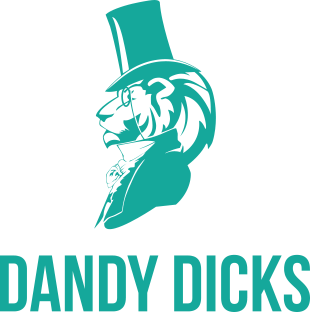Jun 06, 2016
Dandy of the Week: Truman Capote


Like many gay men before me, I experienced a moment of transcendence upon seeing the film Breakfast at Tiffany’s. I was still too young to know that Tiffany’s was a luxury jewelry store, or that Holly Golightly was a call-girl, or that Mickey Rooney’s performance as the landlord Mr. Yunioshi is among the most unbearably racist portrayals of Asian people put to the screen. With my youth came the complete immersion in the fabulous, fabulous life of Audrey Hepburn, of satin gloves and cigarette holders, of gentleman callers and diamond tiaras. Of course, this all came from the mind of a gay man, and one of the most important minds of his era to boot. The man was Truman Capote, and he remains an essential cornerstone of gay culture.
But it took Capote many years before he would experience for himself the glamor and splendor he captured so well. He was born in New Orleans to a teenage mother and a traveling salesman father, but was sent to live with his relatives in the middle of nowhere in Alabama at the age of four when his parents divorced. During this time he became friends with a girl named Harper Lee, who would go on to fictionalize their childhood in her novel To Kill a Mockingbird.
Despite this friendship, Capote lived an incredibly lonesome childhood. He was teased for his intelligence by his peers, and had no one remotely his age to look up to in his home life. But from this solitude sprung the seeds of his passion for writing. He started at an early age, and he later said that he “began writing really sort of seriously when I was about eleven. I say seriously in the sense that like other kids go home and practice the violin or the piano or whatever, I used to go home from school every day, and I would write for about three hours. I was obsessed by it.”

He eventually left the doldrums of rural Southern American and rejoined his mother in New York City, where he was to live for the rest of his life. He continued to hone his writing craft, churning out a seemingly endless stream of short stories while supporting himself as a copyboy in the art department for the New Yorker magazine. During this time he wrote his first novel, Miriam, which found enough success for him to truly start breaking ground.
With a natural flair for the dramatic, Capote masterminded the art of publicity with the release of his breakthrough novel, Other Voices, Other Rooms. The novel, loosely autobiographical, divulged details that implied his homosexuality, but any subtlety was thrown out the window with Capote’s portrait on the book’s back cover. He arranged the photo himself, and his feminine, seductive, pose ignited a firestorm of controversy. Naturally, this meant more sales.
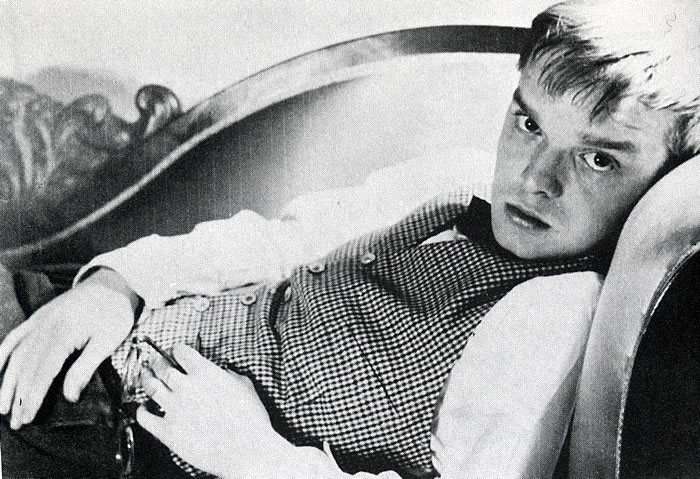
He continued to thrive throughout the next decade, expanding into play scripts, film scripts, and nonfiction work in addition to his growing body of short stories and novels. Success struck again, and to even greater lengths, with the publication of the aforementioned Breakfast at Tiffany’s, a smash even before the film version followed three short years later. “I think I've had two careers,” he would go on to say, “My second career began, I guess it really began with Breakfast at Tiffany's.”
Much like Holly Golightly in the novella, Capote became quite the society girl during this time. What made him such an anomaly of the era was his completely open attitude towards his homosexuality, and he would go on to influence many up-and-coming members of New York society who had a flair for the flamboyant. One man in particular who Capote heavily influenced was a struggling artist named Andy Warhol, who would reportedly wait hours to get a glimpse of him. The two would later run in the same circles, with Warhol dedicating a series of Polaroids to Capote.
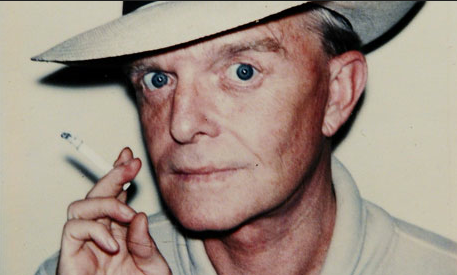
His next novel is now regarded as one of the most important pieces of literature in history, and it would be his last completed work. The infamous work (and now standard of high school curriculum) was In Cold Blood, a piece of nonfiction concerning the brutal killing of a family in rural Kansas. Capote spent the next seven years conducting research and interviews with everyone involved in the crime, including lengthy prison visitations to the killers. His hard work paid off, as it became one of the most lauded novels of the century, and is often cited as the original nonfiction novel.
But this hard work also proved to exhaust him beyond repair. The remainder of his life was spent partying in New York, like any good gay would dream of. He was able to rely on his personality and star power alone to generate his popularity, appearing on numerous television programs and making cameo appearances in feature films, even briefly popping up in Woody Allen’s Annie Hall. But with this excess came a steady spiral downward, with numerous stints in rehab and a series of cosmetic surgeries that further worsened his health. He died at the age of 59 due to a combined drug overdose and liver failure.
Truman Capote was never in outright support of gay rights, the liberation of which he lived through, yet he remains an overwhelmingly important figure in gay culture. His flashy, extravagant lifestyle came to embody what we gays consider ‘fabulous,’ and he had the audacity to create such a lifestyle for himself when being openly gay meant being subject to complete and utter discrimination. Even if he were a straight man, his creation of Holly Golightly alone would surely render him worthy of the gay pantheon. But then again, no straight men could create Holly Golightly.
Sources: telesurtv.net, phdavies.co.uk, albanypoets.com, showbizgeek.com
by Jake Indiana

